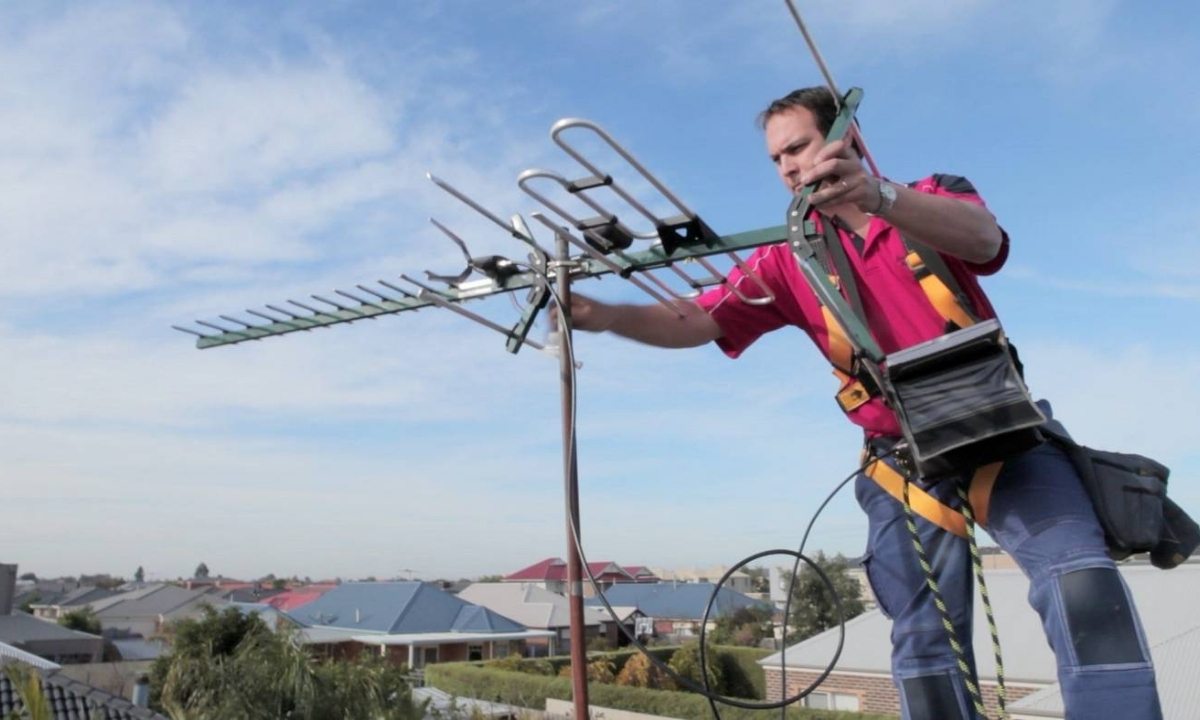Fiber optic cables are used in certain aerial installations. These are intended to withstand the severe climate, reducing the damages to natural resources as well as human-imposed damage or theft from occurring. The Aerial fiber optic cables are also available in a variety of configurations.
Typically, they are composed of hefty coatings and robust metallic or fiberglass-reinforced strength elements to preserve their durability. Because of the utilization of aerial fiber optics, installers are able to utilize pre-existing poles equipment rather than dredging up additional roadways to lay cables as well as pipes, which will reduce the amount of capital investment for telecom operators.
We spoke to a representative from Aerial services who does Aerial installation in South London, and they said, “Aerial cable installation is hard and takes up so much time due to the desire to accommodate naturally occurring damages as well as man-made problems first before installations can begin. The technique for installing aerial fiber cable is the same regardless of the kinds of cables being installed.”
The Different Types of Aerial Fiber Optical Cables
There is catenary wire form and a self-supporting style of aerial fiber optics, which are distinguished by their various installation ways. The former is the typical external flexible tube cables that may be tied together to form a routing cable configuration. The latter is simply ADSS that are constructed to withstand their weight as well as adverse climatic conditions including winds and ice.
Tips for fiber optic Aerial Cables installation
To ensure proper installations of the cables, it is essential to develop a comprehensive strategy.
Second, appropriate spacing should be established between fiber optics and power transmission wires on poles that are used for both optical fiber well as power transmission lines.
Splice sites are often chosen during the assessment of the cable routing system. They are selected to provide for the widest feasible cable length as well as the smallest amount of splices conceivable.
Is using Fiber Optics for Aerial a great idea?
Whenever it comes to deciding whether to go with an aerial or subterranean method to fibre installations, affordability and dependability are two critical considerations.
The utilization of aerial cables is preferable as well as an affordable approach in remote or low-density regions, particularly where pre-existing poles equipment can be utilized. While it is true that in the majority of cases these poles are required, many private landowners and local governments are opposed to the installation of additional posts in the road reserve.
In addition, it presents several obstacles, including time-consuming agreements with various landowners for approval to place poles on the respective property, unfettered access to the properties for regular and urgent maintenance issues, which is challenging. Aerial fiber installations are vulnerable to environmental dangers and prone to damages from vandals, tree limbs, winds, thunderstorms, wildlife, even fire, which makes aerial fiber less dependable. The fragility of the aerial wire causes it to stretch, droop, and finally break if left exposed to the weather over a lengthy period.
Despite the greater initial expense and trouble element associated with subterranean installation, it is the favored approach for cities and the majority of consumers. Because the cables are placed below, they are not sensitive to the weather, but it is also highly adaptable and extendable in the long run, making them more dependable. When installed, the fiber in subterranean duct systems is almost indistinguishable.
How Does Fiber Optic Aerial Installation Work?
It is common practice to use aerial deployment for fiber cable installations and routing to a new facility. These are installed straight to your structure from already established power poles in your neighborhood. Because your power and telephone connections have already been connected to this infrastructure, it is a convenient and low-cost option.
Aerial installation of your fiber cable could be impossible if your present electricity wires are buried underground. Before deciding on aerial or subterranean deployment options for your connections, check for characteristics that may interfere with the correct installation of the lines.
Examine the difference between the expense of installing underground cables and the dangers connected with installing aerial fiber. If you want to know the advantages and disadvantages of each installation style, you may talk to a deployment professional. Knowing the fundamentals of aerial installation will enable you to assess whether or not it is appropriate for your specific circumstance.
Conclusion
Fiber optic cables are used for certain aerial installations. These are widely common because of their easy setup process as well as cost-effective nature.

